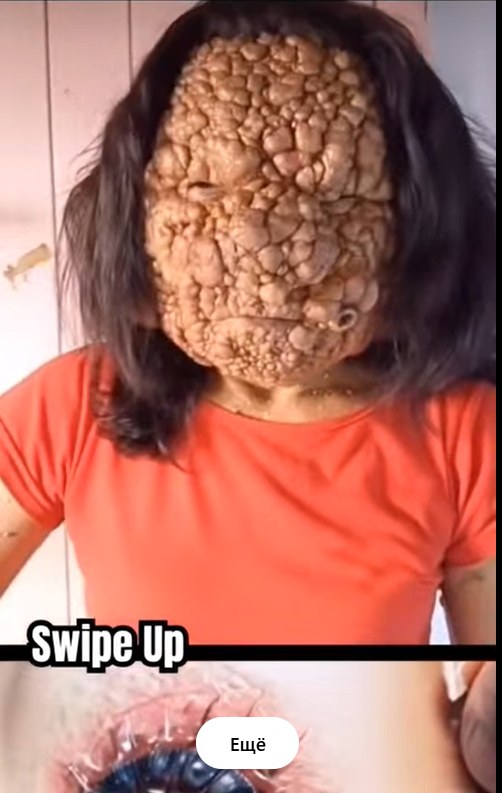Acne is one of the most common skin conditions worldwide, affecting people of all ages and backgrounds. While many individuals experience breakouts on their forehead, cheeks, or nose, a large number also struggle specifically with acne along the chin line. This type of acne can be especially frustrating, as it often recurs and may signal underlying factors beyond the usual clogged pores. To properly address chin-line acne, it’s important to understand why it happens, what increases the risk, and which treatments can truly help.
How Acne Develops
Acne forms when hair follicles, which are tiny openings in the skin, become clogged with oil, dirt, and dead skin cells. The sebaceous glands connected to these follicles naturally produce an oily substance called sebum, which helps keep the skin moisturized. However, when too much sebum is produced or when dead skin cells aren’t shed efficiently, the pore becomes blocked.
Inside this blocked pore, bacteria that naturally live on the skin—most notably Cutibacterium acnes—can multiply rapidly. This triggers inflammation, resulting in red pimples, whiteheads, blackheads, or, in more severe cases, painful cysts. When this process happens repeatedly along the chin line, the result is a persistent and localized form of acne.
Why the Chin Line Is a Common Trouble Spot
Although acne can appear anywhere on the face, the chin line is especially prone to breakouts. There are several reasons for this:
- Hormonal fluctuations: Hormones play a significant role in stimulating oil production. Many people notice chin acne flaring up before or during their menstrual cycle, during puberty, or even as a result of stress, all of which can trigger hormonal shifts.
- Genetics: If your parents dealt with persistent acne, there’s a higher chance you may also be predisposed to it.
- Underlying medical conditions: Conditions such as polycystic ovary syndrome (PCOS) are often linked to stubborn chin acne due to elevated androgen levels that increase oil production.
- Medications: Certain drugs, such as corticosteroids or hormonal therapies, can worsen acne.
- Lifestyle and habits: Resting your chin on your hands, frequently touching your face, or exposure to dirt and sweat can transfer bacteria and oils to the skin, clogging pores.
Risk Factors That Make Chin Acne Worse
Not everyone with clogged pores will develop chin acne. Some factors make it more likely to occur or more severe:
- High stress levels, which can disrupt hormonal balance and increase breakouts.
- Poor skincare routines, such as harsh cleansers that strip the skin or heavy products that block pores.
- Dietary influences, including high-glycemic foods, dairy, and excessive sugar, which some studies suggest may contribute to acne flare-ups.
- Environmental stressors, such as pollution, that clog pores and irritate the skin.
Treatment Options for Chin-Line Acne
The good news is that chin acne can be managed with consistent care and the right treatments. The best approach depends on the severity of the acne.
Over-the-counter (OTC) treatments:
- Products containing benzoyl peroxide can reduce bacteria and inflammation.
- Salicylic acid helps unclog pores by exfoliating dead skin cells.
- Gentle cleansers and non-comedogenic moisturizers are essential to avoid worsening irritation.
Prescription treatments:
- For more severe cases, a dermatologist may recommend topical retinoids, stronger antibiotics, or hormonal therapies such as birth control pills or spironolactone, especially if hormonal imbalance is a key factor.
- In cases of cystic acne, isotretinoin (commonly known as Accutane) may be prescribed under close medical supervision.
Lifestyle and home care:
- Consistently wash your face twice daily with a mild cleanser.
- Avoid touching your face or picking at pimples, as this worsens inflammation and increases the risk of scarring.
- Manage stress with relaxation techniques, exercise, or meditation.
- Keep hair, phone screens, and pillowcases clean to reduce bacteria transfer.
When to See a Doctor
If your chin acne persists despite using OTC treatments, or if it’s painful, cystic, or leaving scars, it’s best to seek medical advice. A dermatologist can identify whether hormones, underlying conditions, or medications are contributing to the problem. They can also tailor treatments to your specific needs, ensuring faster and longer-lasting results.
The Bottom Line
Acne along the chin line is more than just a cosmetic nuisance—it can affect confidence, self-esteem, and overall quality of life. The condition develops when pores become clogged, often worsened by hormones, genetics, or lifestyle habits. While mild cases may improve with over-the-counter products, persistent or severe acne often requires prescription treatment.
With the right combination of skincare, medical support, and lifestyle changes, chin acne can be significantly reduced or even eliminated. Improvement takes time—sometimes weeks or months—but patience and consistency are key. If you struggle with stubborn chin-line acne, don’t hesitate to consult a dermatologist. Understanding the root cause and getting the right treatment can help restore clear, healthy skin and bring peace of mind.


